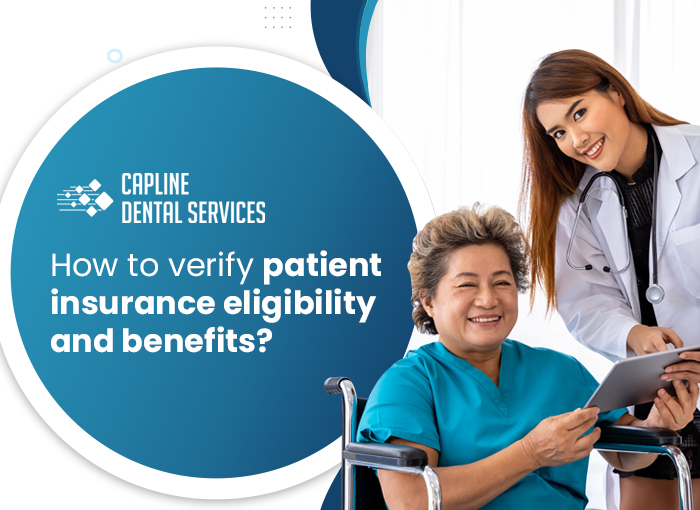
Proper eligibility adds payment to the claim. Sometimes it is harder to understand whether coding, documentation, or claim submission are vital steps in the billing process. Patient eligibility brings a lot of terms, like coverage, pre-authorization, verification of benefits, active dental benefits, eligibility, etc. These are different terms but have similar meanings eligibility of benefits or benefit verification.
Patient insurance eligibility describes the covered treatment by the payer for the patient. The insurance ID card is not a representation of eligibility. It is the provider's responsibility to verify the member's current enrollment status before providing any service.
Verification of benefits allows the dental practice to understand the patient's plan and go deeper into the specific line of service that you believe is going to get performed later. Dental benefits vary according to the patient's insurance plan. Verifying the eligibility that the service is a covered dental benefit under the insurance plan increases the chances of getting the reimbursement.
Prerequisites of the Insurance Eligibility Process
The verification process starts as soon as you hear an appointment scheduling call. Collecting the patient insurance information during the registration means not just asking which company insurers them but also getting
Obtaining the details related to patient demographics results in faster insurance verification and offer several benefits. It also minimizes the work of recordkeeping.
Once the dental office receives the patient insurance information, the next preferable step is to reach out to the patient's insurer, irrespective if you have or have not worked with them. Reach out to the insurer early to avoid any mess. The insurance company receives many requests daily, and to acknowledge and act on the verification request, would need several days.
Call on the number you collected from the patient and verify the patient's insurance details from the representative as per the HIPAA-compliant way to transmit patient information further. You can also use the online portals of insurance companies to verify coverage and benefits. However, the online portals are outdated and do not guarantee to provide accurate details. Therefore, calling and speaking to the representative is the fastest way to verify and move with the treatment.
Asking the right question with the insurance rep about the patient's insurance information gives you the whole picture of the patient's coverage and benefits. It is advisable to confirm all the details you have gathered from the patient and also asks about the current status of the policy with the expiration date. Assuming the policy is active, understand the patient's copay and deductible.
That confirms the basics of the insurance plan. The next step before providing any treatment would be to understand the necessary insurance authorizations along with the documentation and coverage limits.
Follow the above points before every patient encounter. The patients theoretically switch insurance plans or lose in between at any time. Hence, collecting the patient's insurance information before any service starts helps you clean claims, reduce denial rates, have consistent cash flow, and patient satisfaction.
Advantages of streamlined Insurance Verification Process
Insurance verification plays an integral part in the RCM. Therefore, providers can focus on patient care and not worry about financial stability.